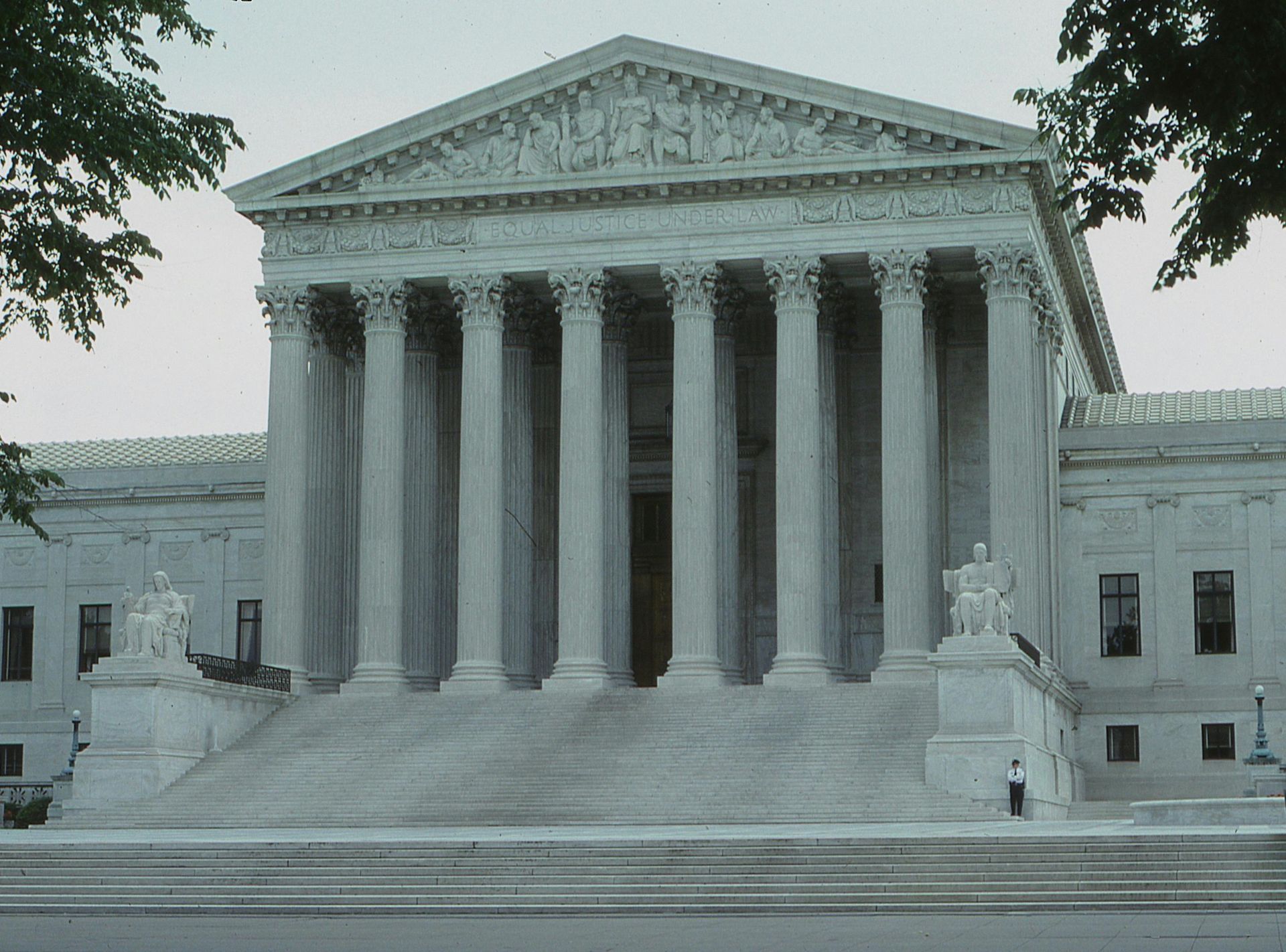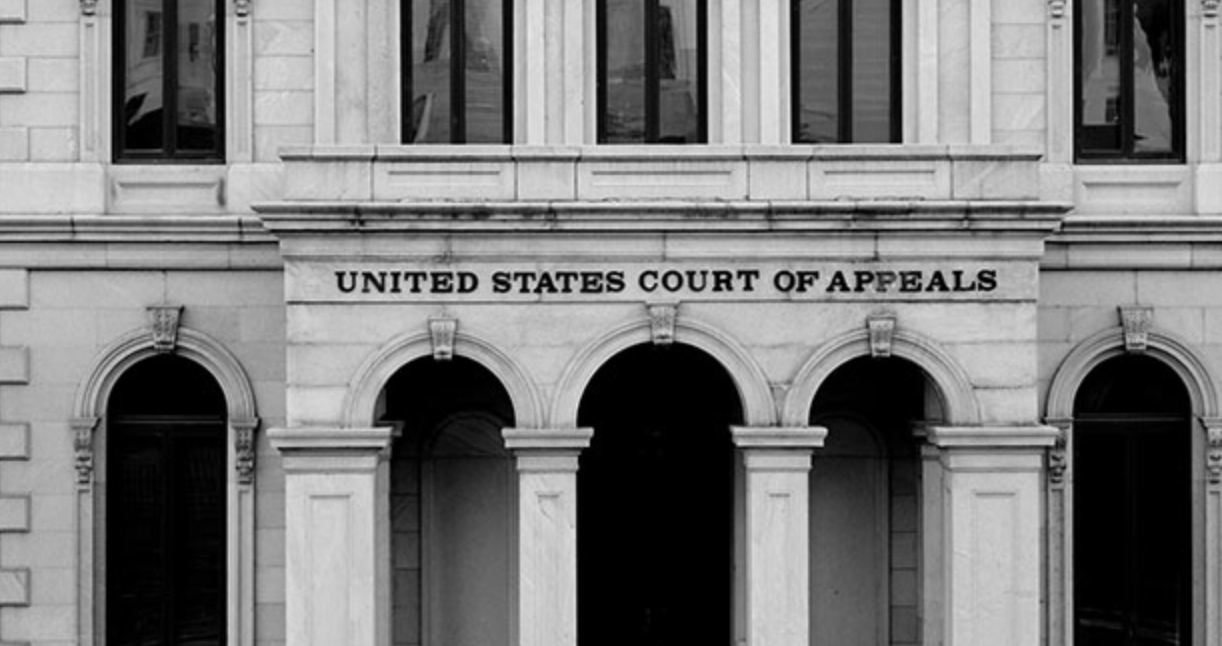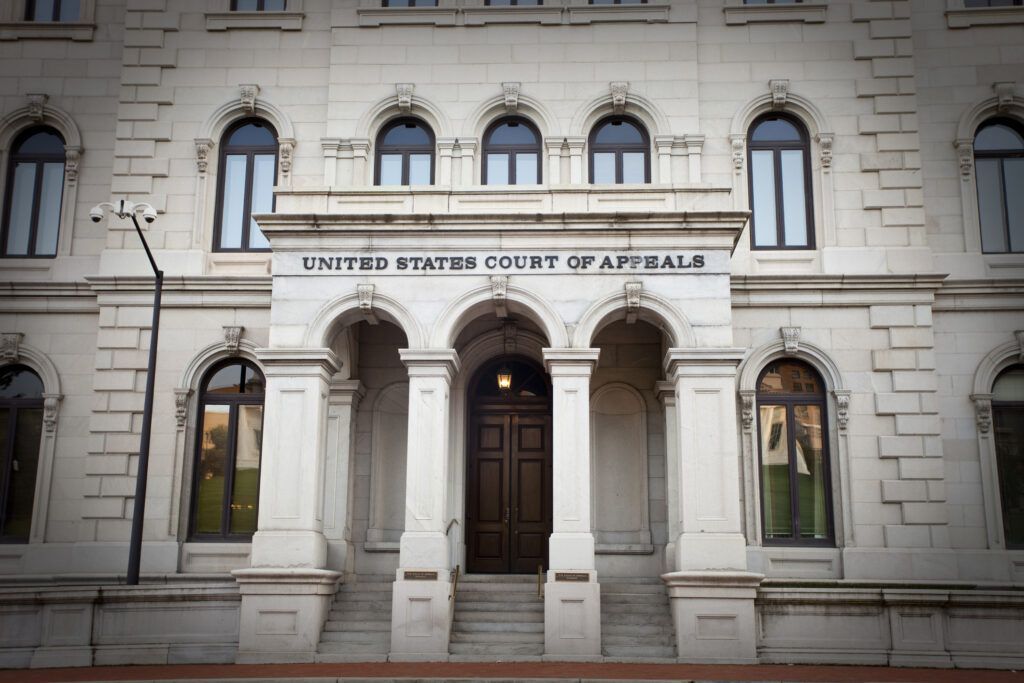Case Law Updates

On March 11, 2025, the Secretary of Education initiated reduction-in-force proceedings, seeking to reduce the Department’s workforce by roughly 50 percent. The President subsequently ordered the Secretary of Education to “take all necessary steps to facilitate the closure of the Department of Education” in a March 20,

On December 9, counsel for petitioner Nick Feliciano, an air traffic controller for the Federal Aviation Administration and Coast Guard reserve officer, argued before the Supreme Court that Mr. Feliciano should be entitled to differential pay that matches his federal salary while ordered to active reserve duty.






